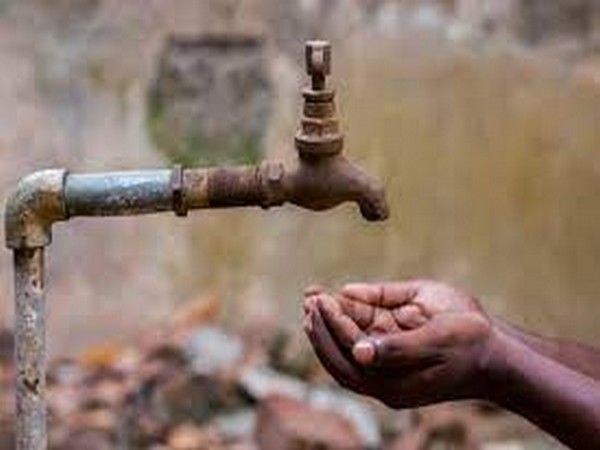
In Hyderabad, Pakistan: Pakistan is experiencing a serious water scarcity issue that has a big impact on life and agriculture across. According to ARY News, Hyderabadi farmers have responded to this challenge by taking proactive steps to solve the escalating problem.
In order to save water and guarantee the sustainability of agriculture, farmers have built tiny dams on their properties with the help of the Sindh government’s Water Management Program.
According to ARY News, the water scarcity situation has affected Sindh’s agricultural, prompting these Hyderabad farmers to use innovative techniques for effectively storing and using water.
One farmer said, “We are blessed with these dams. We irrigate our crops using saved water when the water supply is reduced.
Another farmer clarified that at crucial times, their 25-acre water storage tank supplies enough irrigation.
In order to ensure efficient water utilization, farmers are now using these tiny dams for drip irrigation systems in addition to watercourses.
Farmers thank these developments as the holy month of Ramadan draws to a close, stressing the need of conserving water during Eid festivities.
“Eid is a season for introspection and thankfulness. For our community, these little dams represent resiliency and optimism,” said a nearby farmer.
Major dams like Tarbela and Mangla are nearing dangerously low levels, causing a catastrophic water crisis in Sindh, according to ARY News. Key crops including cotton, sugarcane, and vegetables are being negatively impacted by the 50% water deficit.
The irrigation department of Sindh had earlier issued a warning about an impending drought and water deficit in Karachi and other areas because of dangerously low reservoir levels.
Water levels at the Tarbela and Mangla dams dropped to 0.102 MAF and 0.226 MAF, respectively, because to the current Rabi season’s decreased rainfall. It is predicted that both dams may reach dead levels in a matter of days, resulting in a water scarcity crisis.
The region’s agriculture might be seriously threatened if the scenario continues, since the water shortfall could surpass 50% at the beginning of the Kharif crop season.